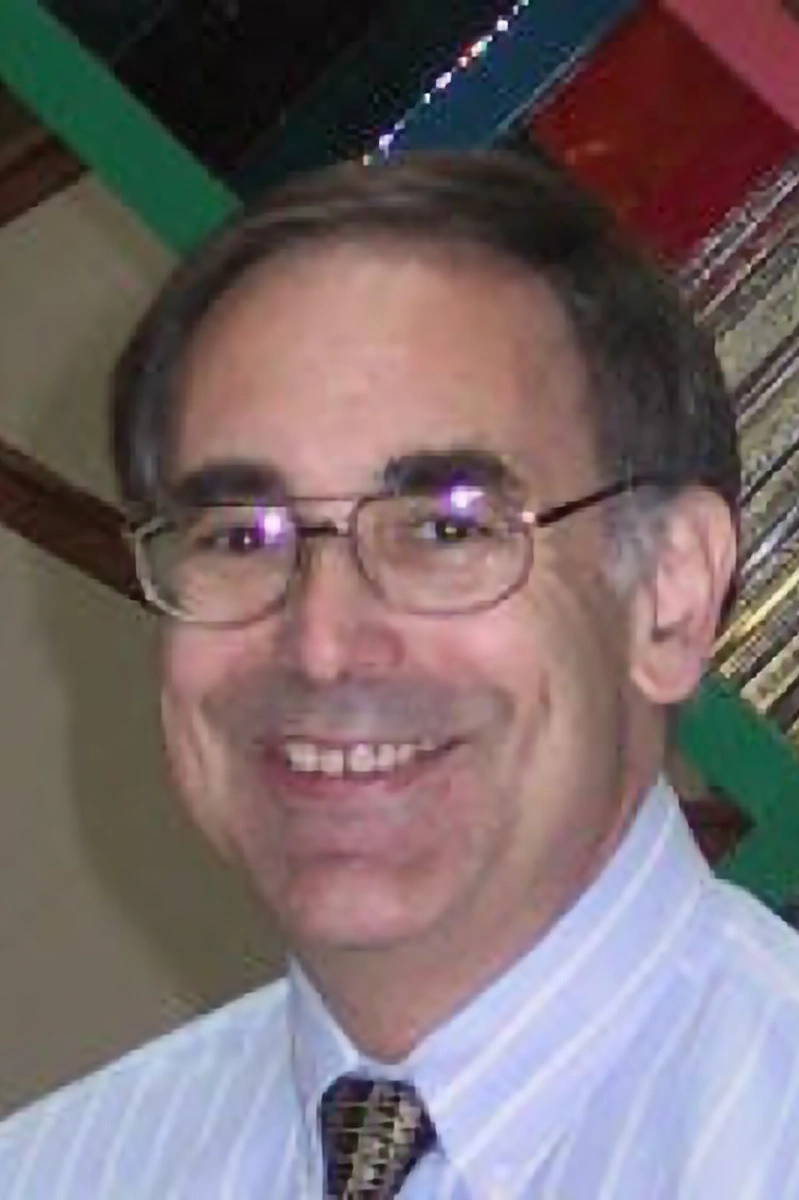Kelsey D. Cook

Kelsey D. Cook
Professor Emeritus
Professor Cook earned a B.A. (Magna cum Laude) in chemistry from the Colorado College in 1974 and a Ph.D. in analytical chemistry from the University of Wisconsin-Madison in 1978. He then joined the faculty at the University of Illinois at Urbana/Champaign, where he was a Fellow in the Center for Advanced Studies (1982-83). He joined the Tennessee faculty in 1984.
He is the Director of the UT Measurement and Control Engineering Center (an NSF Industry/University Cooperative Research Center); Director of the UT/NSF Research Site for Educators in Chemistry; an Associate Editor of the Journal of the American Society for Mass Spectrometry; a member of the Editorial Board of Critical Reviews in Analytical Chemistry; a member of ACS, ASMS, Phi Beta Kappa, and Sigma Xi. He has served on the Board of Directors of the American Society for Mass Spectrometry and the Board of Advisors for the NSF Mid-Atlantic Regional Mass Spectrometry Facility; has chaired the ACS East Tennessee Section; co-chaired the 1999 Southeast Regional ACS Meeting; and was the founding Chairman of the East Tennessee Mass Spectrometry Discussion Group.
Education
B.S., Colorado College (1974)
Ph.D., University of Wisconsin, Madision (1978)
Research
It is no exaggeration to say that solution chemistry is revolutionizing mass spectrometry (MS). In particular, recent developments in electrospray MS are dramatically expanding not only the range of materials amenable to MS characterization, but even the range of structural and dynamics problems that can be addressed. For example, electrospray (ES) mass spectra of proteins have been found to reflect tertiary structure and selective non-covalent interactions with target substrates, as well as analyte molecular weight. In a broad, intrerdisciplinary collaboration, our group is developing methods to use this chemistry to probe the structure of the amyloid fibrils associated with Alzheimer’s and related diseases.
Incumbent with these new capabilities are new questions concerning the detailed chemistry of the desorption ionization process; in essence, questions about the invasiveness of the MS probe. This is an area in which our group has been active for many years, investigating the fundamentals of ion desorption first in electrohydrodynamic (EH) MS (a method related to ES, but with ions desorbed in vacuo rather than at atmospheric pressure), then in fast atom bombardment and secondary ion MS. More recently, we have used a wide range of analytical probes to improve our understanding of the electrospray process. For example, we are working to develop spatially-resolved information about the changes in pH that result from the electrochemistry of electrospray. We are also assessing the power of ES and EH as probes of solvent structure.
In a separate focus area, we are pursuing very practical applications of solution MS. As members of the UT Measurement and Control Engineering Center, we are working with industrial partners in assessing and extending the applicability of “Process MS” for direct monitoring of factory processes, waste streams, stack gases, and polymer composition. Such applications often require resolution of complex mixtures on a time frame too fast for chromatographic separation. Chemometrics, semipermeable membranes, and catalytic converters are among the tools that can be brought to bear in solving these complex sampling problems. Students working in these areas get extensive exposure to the real-world problems that confront industrial chemists on a daily basis.
Selected Publications
Simultaneous analysis of butene isomer mixtures using process mass spectrometry. K.H. Bennett, G.L. Seebach, and K.D. Cook, J. Am. Soc. Mass Spectrom. 11, 1079 (2000).
Expanding simultaneous process mass spectrometric analysis. K.H. Bennett, K.D. Cook, J.L. Falconer, and R.D. Noble, J. Process Anal. Chem. 5, 42 (2000).
Extension of isomer analysis by process mass spectrometry. K.D. Cook and K.H. Bennett, J. Process Anal. Chem. 5, 59 (2000).
Ab amyloid fibrils Possess a core structure highly resistant to hydrogen exchange. I. Kheterpal, S. Zhou, K.D. Cook, and R. Wetzel, Proc. Nat. Acad. Sci. 97, 13597 (2000).
A mechanistic study of electrospray mass spectrometry: charge gradients within ES droplets and their influence on ion response. S. Zhou and K.D. Cook, J. Am. Soc. Mass Spectrom. 12, 206 (2001).